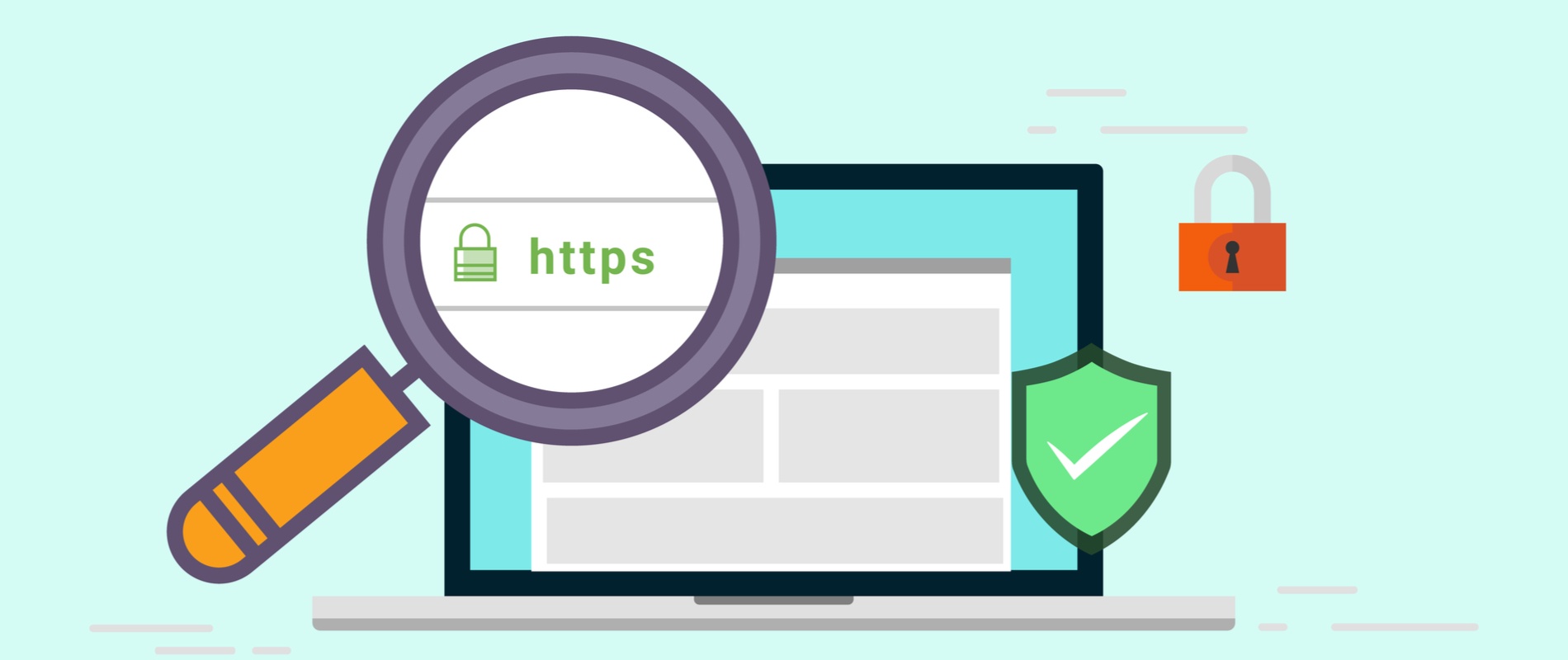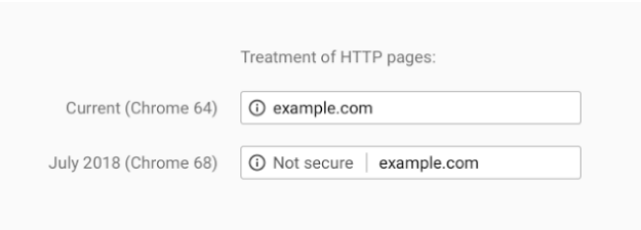
Get weekly
HubSpot updates
In order to create an efficient journey for your buyer, your business can benefit from a website that is optimised for lead generation and enhances your marketing strategy. In order to convert this prospect into a customer, your website must give them a reason to stick around and buy into your brand.
Your aim here is to build a website that clarifies what it is your business does, offers value through content, and gives your buyers plenty of opportunity to convert.
Your website needs to aid your marketing strategy, and there are several helpful tips you can use to steer it in the right direction.
Content Management System (CMS)
A CMS is a handy tool to make your websites look and run professionally. A CMS will help your website through supporting new design ideas, UX and UI that work in attracting and engaging the right audience for your business, without the need for a specialist web developer or graphic designer. This is what makes it perfect for any business!
To increase the likelihood of conversion, your buying journey needs to be clearly laid out in a non-intrusive, but informative way. Every CMS has its own unique set of templates and customisable abilities, so to ensure that your website is functioning the way you want, it’s best to explore your options. Design aside, it enables a variety of business and marketing functions to be dealt with in one place. This centralisation effectively allows different areas of your business to communicate with your audience in the same way.
Although, it’s not one size fits all.
In evaluating which CMS to use, you firstly need to consider the size of your business, as this dictates how complex your CMS needs to be. A good content management system allows those with a variety of technical backgrounds to work on your website for development, marketing or sales purposes, and means anyone can make quick updates and changes to your website without a degree in coding! It’s usability is why a lot of businesses, even large corporations, are likely to adopt this method.
Brand Personality
Your website needs to communicate a strong brand personality. In order to engage your audience, this message needs to be obvious from the beginning. Whether the consumer enters via the homepage, or on a specific landing page through a search engine, the website needs to demonstrate who you are!
If this consistency is lost, then your audience will fail to gain trust in your brand and ultimately contribute to a drop in conversion rates. Evaluating your brand ‘voice’ will establish how you can write landing pages that are consistent in their message. You’ll want to ensure that your brand is effective in interacting with your buyer personas, to move them from the consideration stage, to making a qualified decision.
Security
As consumers become more savvy, it’s good to check how secure your website is.
Whilst HTTP is fast and reliable, transferring personal information over an HTTP website is risky and easily hacked. Many high traffic websites are migrating to ‘HTTPS’ as this will grant them more encryption.
As of July 2018 Google Chrome marked all non-HTTPS websites as ‘insecure’, meaning that consumers’ decision to invest in your business may be cut short. What this means is that, regardless of how optimised your website is, you may still not get the conversion rate or the trust in your brand you either expect or want!

To ensure you have an efficient website, it’s important to consider these two protocols in order to meet the expectations of your consumer. You can find a guide to transferring your protocol here.
These considerations may even help you to re-evaluate who your target audience is, and what indeed they want out of their experience next time they visit your website. The trick to sustainable growth is to not outstretch your resources, but to constantly adapt based on current stats (something that a CMS can help you analyse). An effective CMS along with a secure website that voices what you want will surely enhance your website to grow your business.

